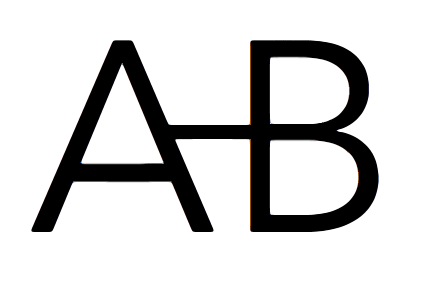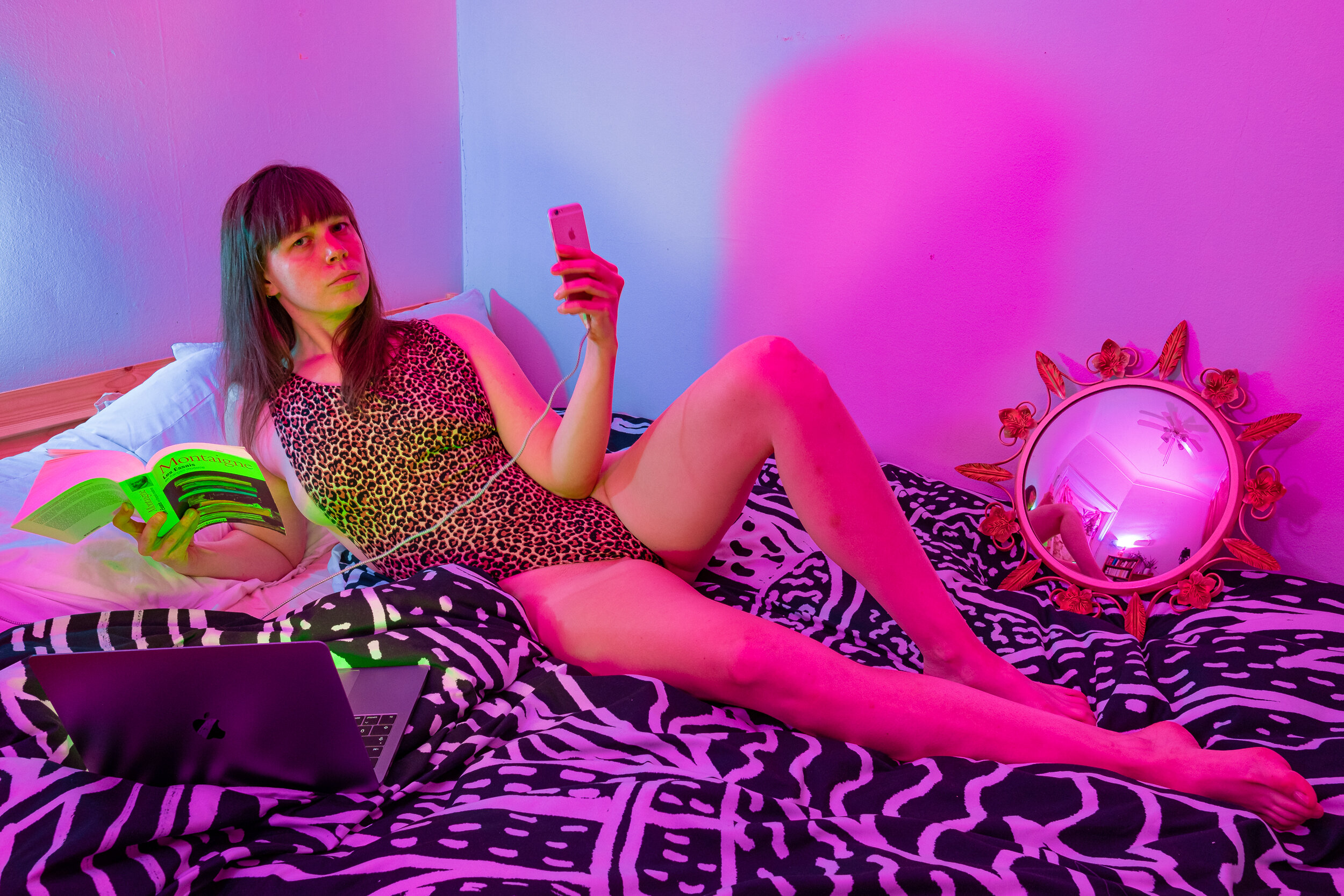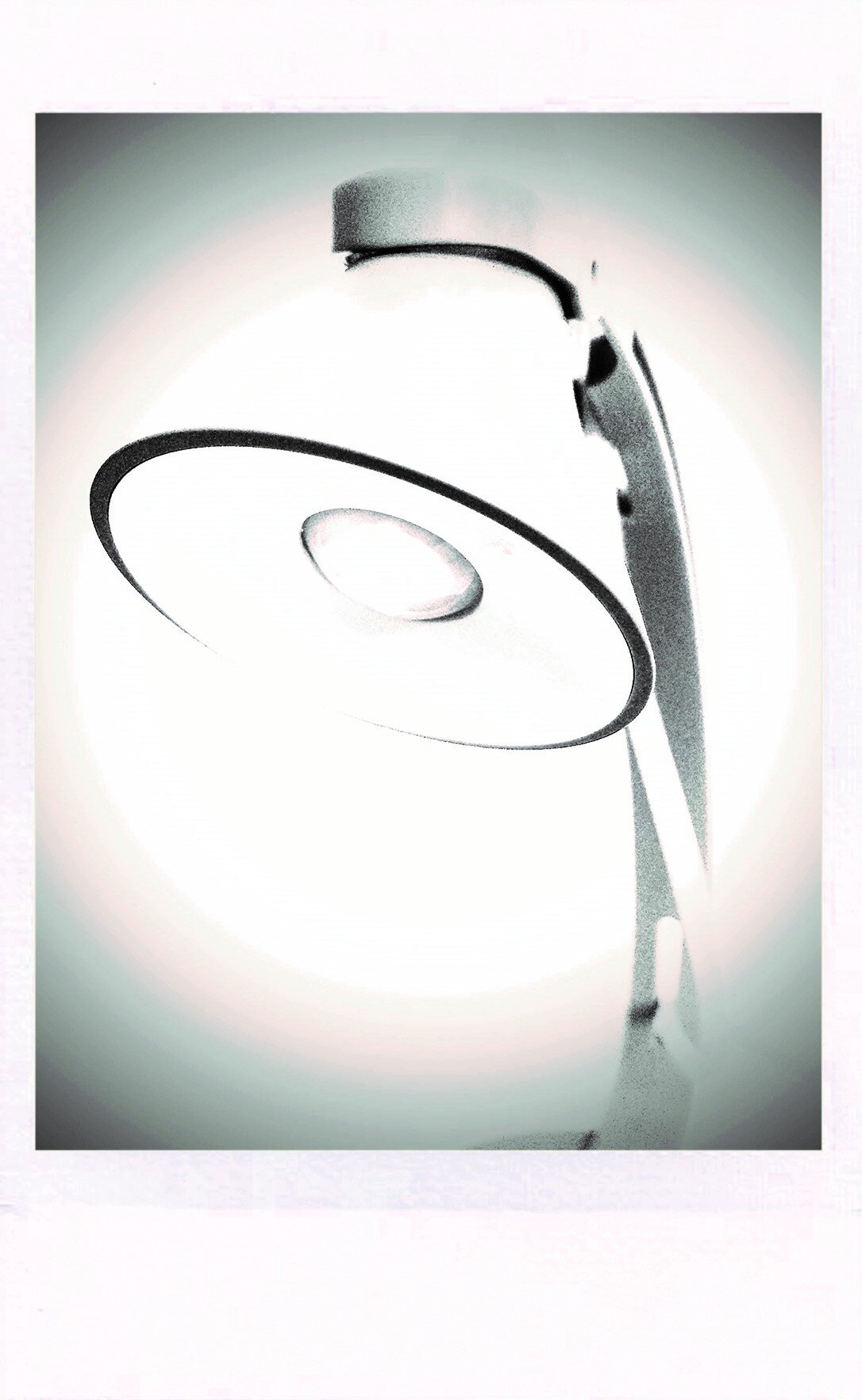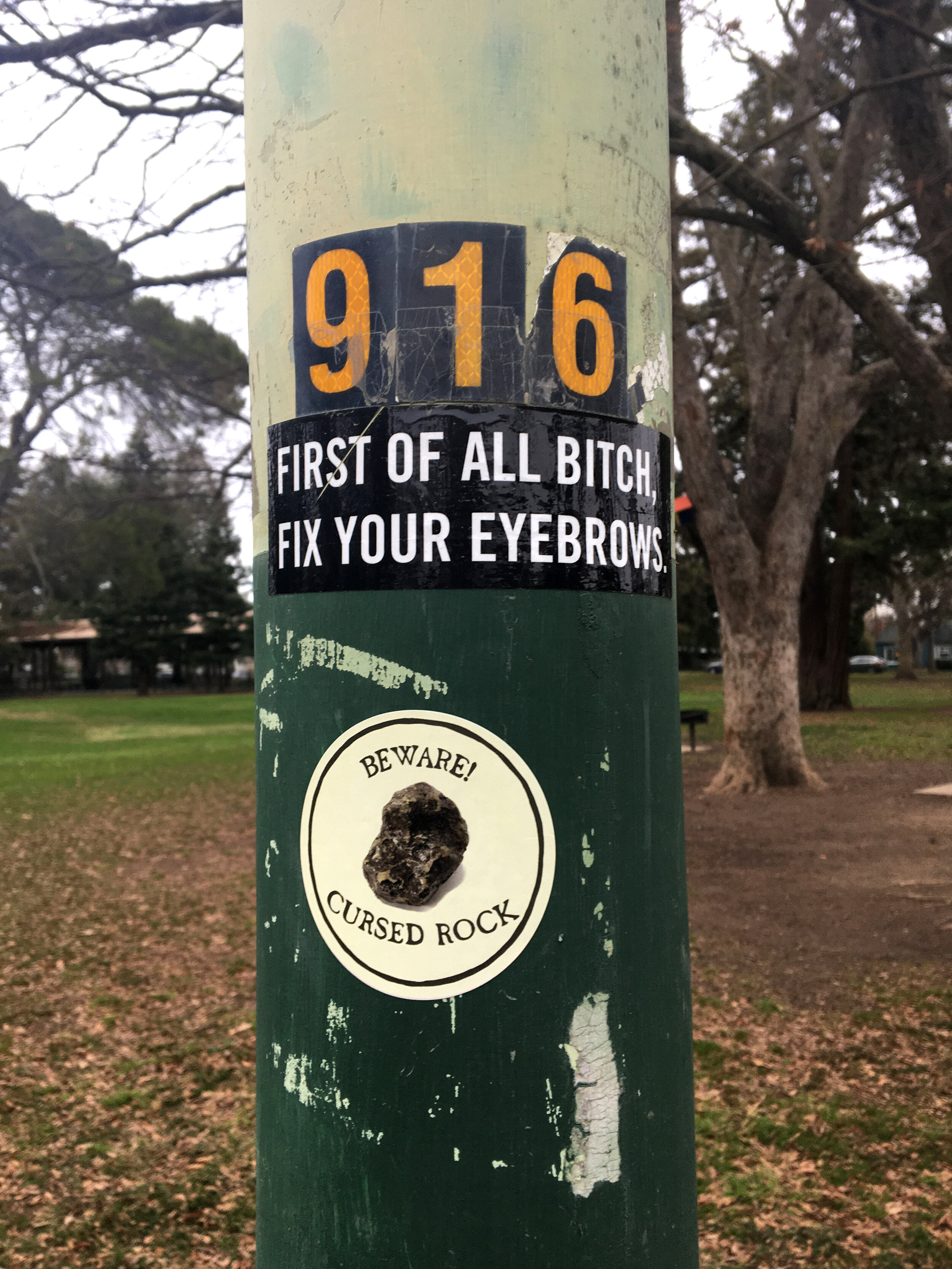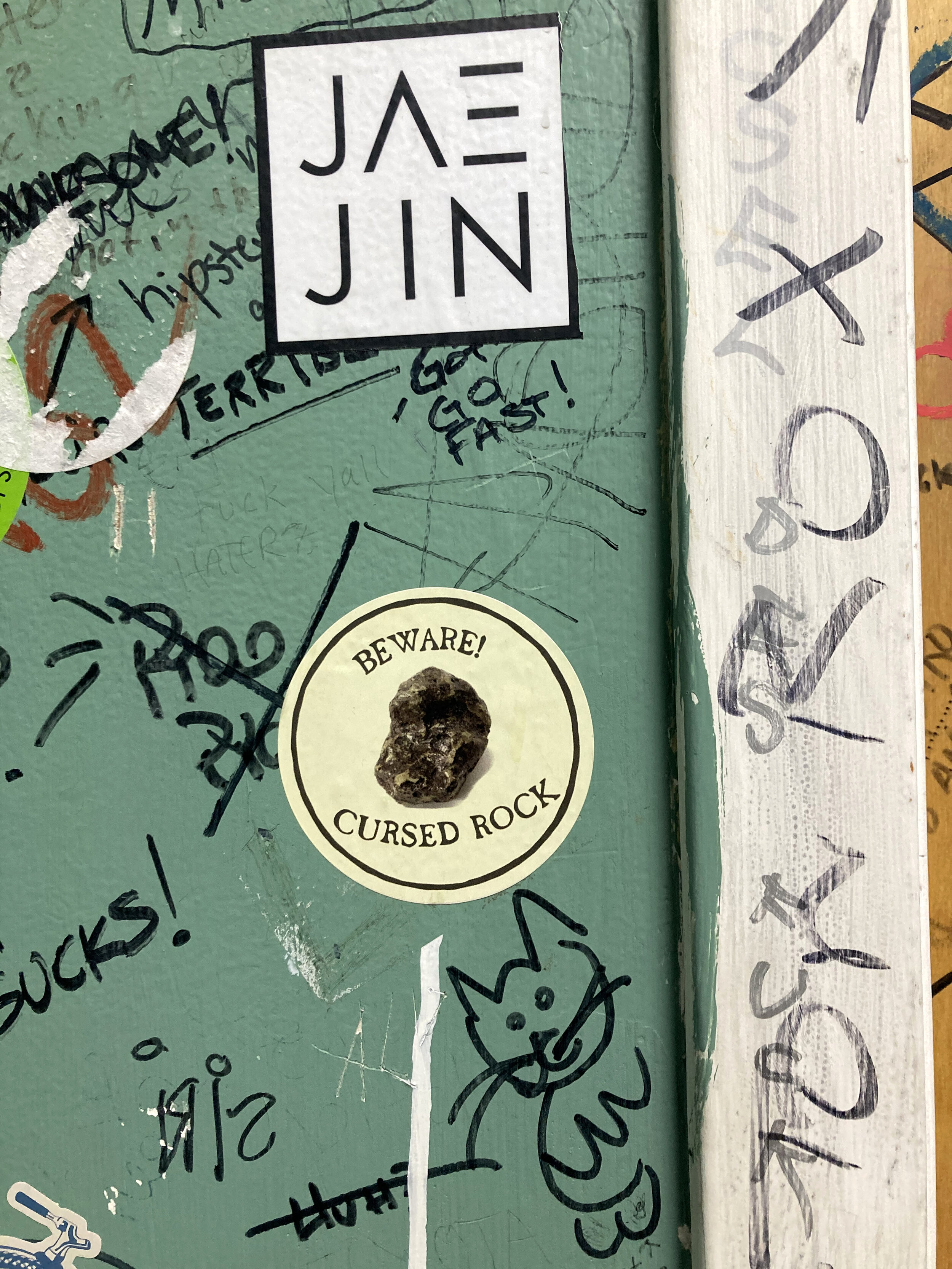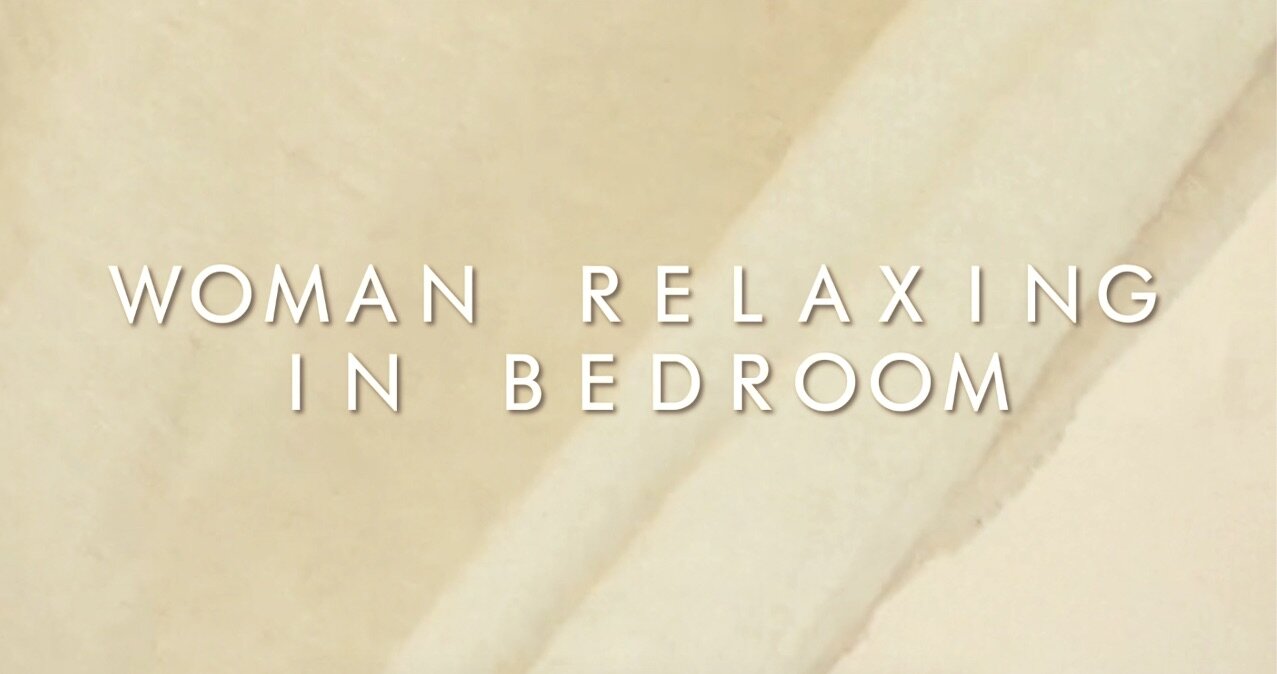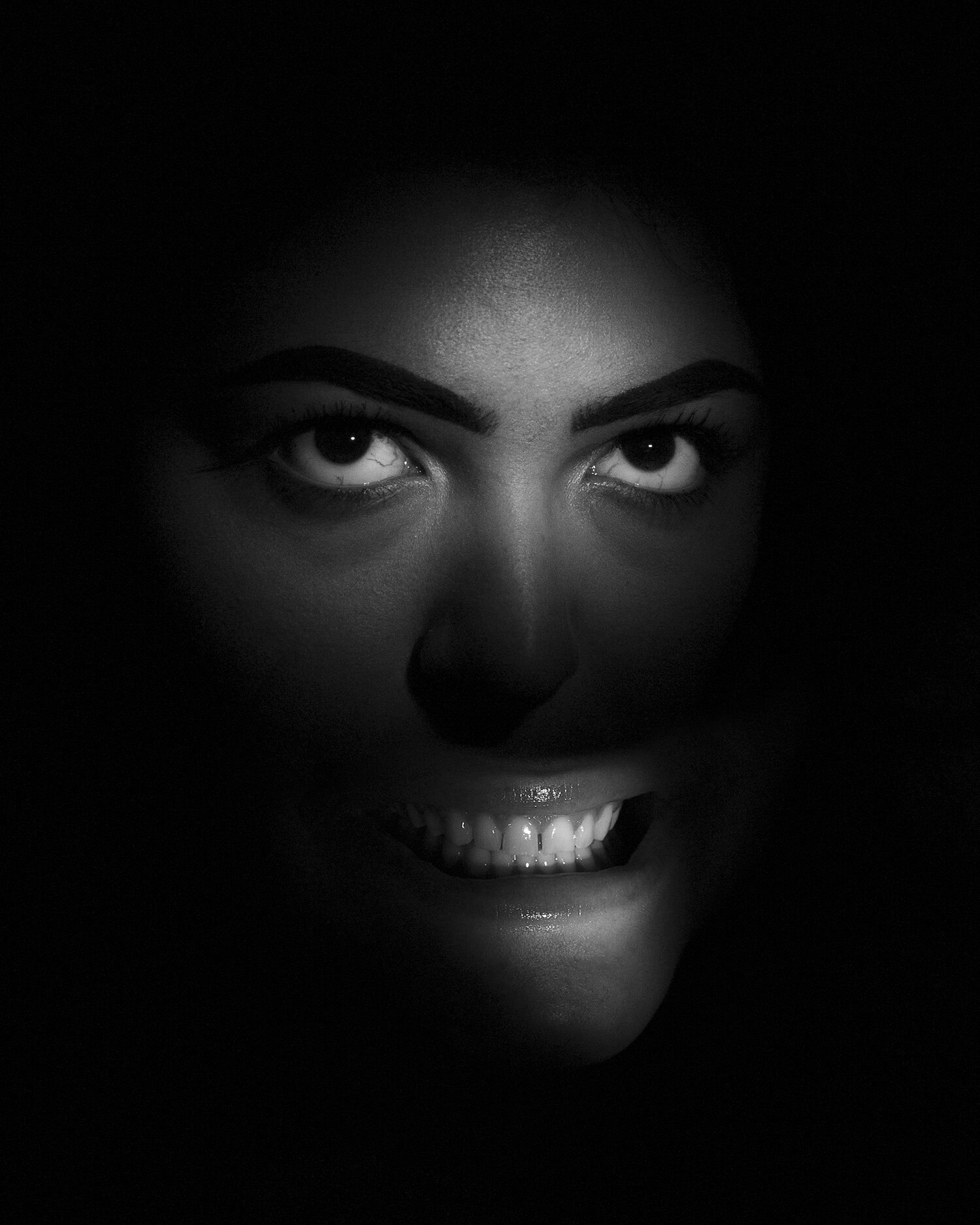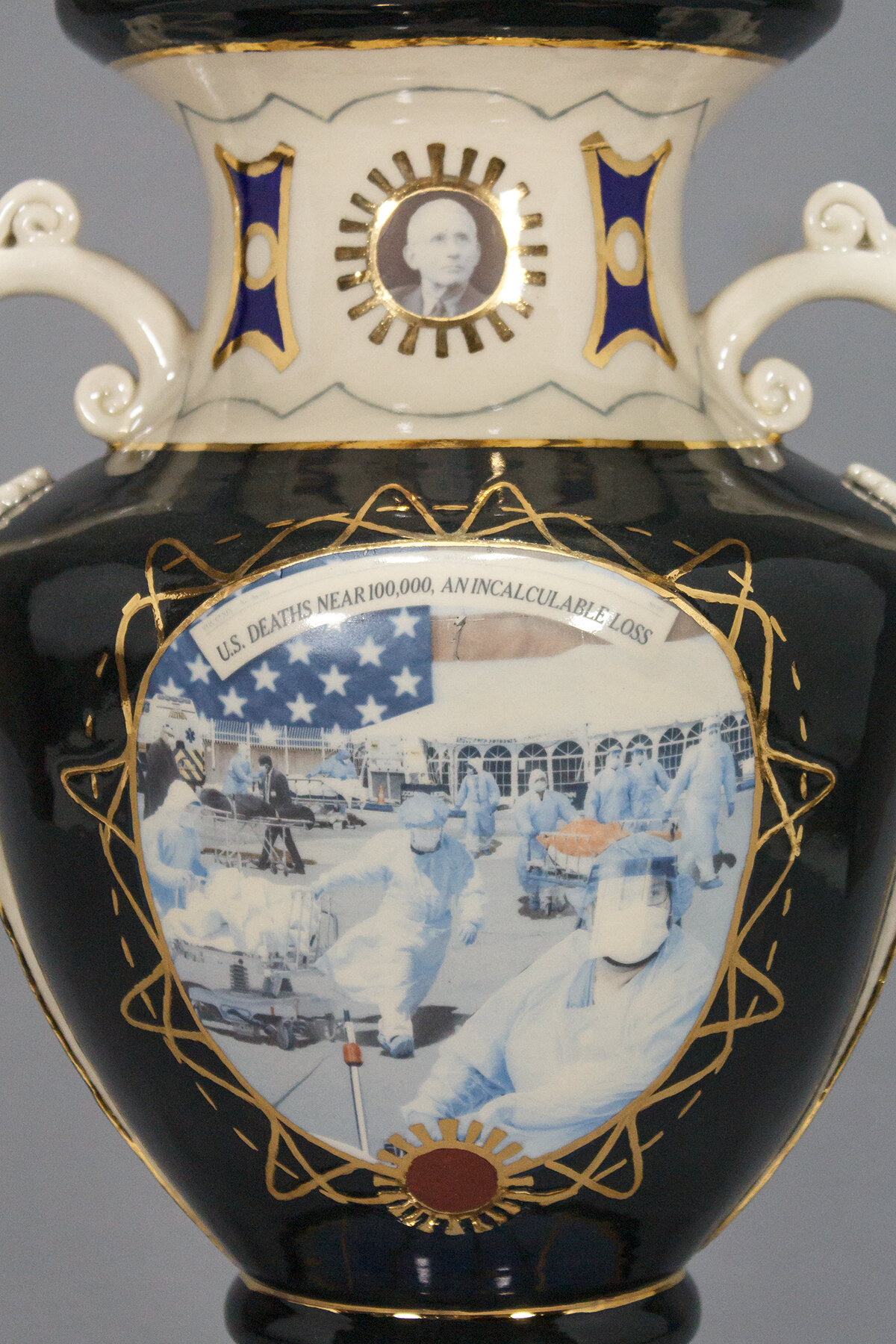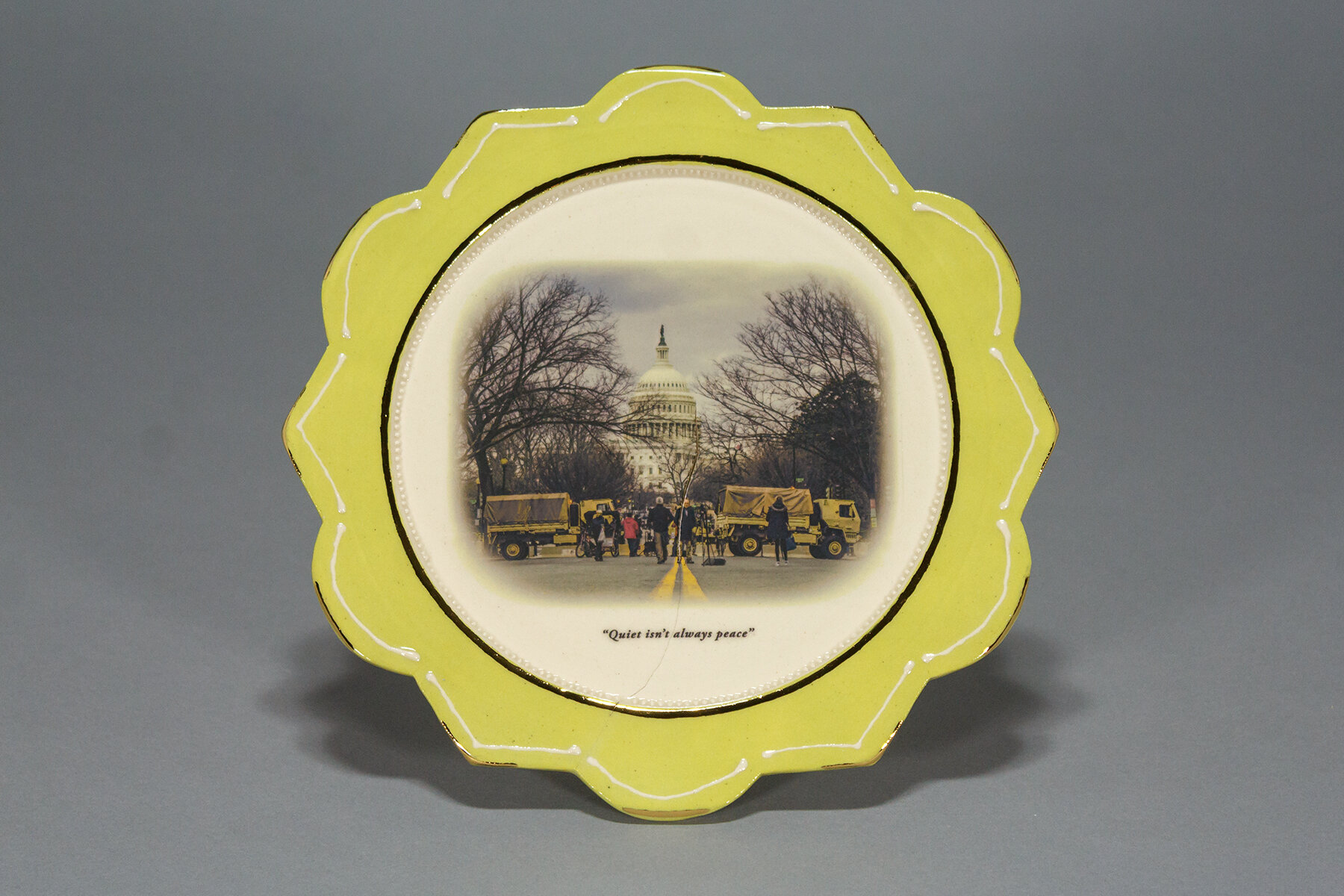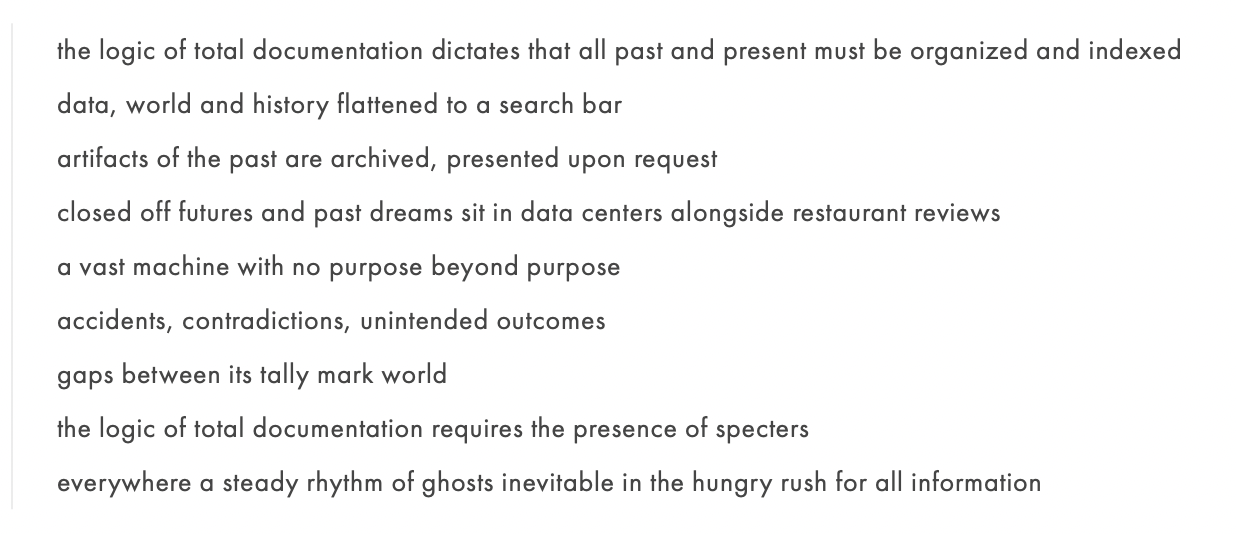VIRTUAL REALISM
An Online Show, digital publication, & podcast project
Curated by:
Ginny Van Dine & Zach Clark
Featuring work by:
Julia Dittberner, Anna Rotty, Morgane Clément-Gagnon, Madeline Devantier, Faith Sponsler, Jennifer Rich, Jeff Mayry, Kelley O’Leary, Jillian Abir MacMaster, Deborah Root, Josephine Morrison Lans, Nicole Arnold, Connor Czora, Paul Stallings
& original illustration by Paul Kriezenbeck
A collaboration between the Art History Babes & National Monument Press
Virtual Realism engages in the ways in which visual material can influence, silence, coax, and command. The title of the exhibition plays off of both the digital platform through which the show is presented, as well as the artistic style Socialist Realism. Socialist Realism, popularized in Stalin’s Soviet Union, was the catalyst for this project. Including an entry on Socialist Realism in the Art History Babe’s Honest Art Dictionary made sense, as many art movements were discussed throughout the book. What was not anticipated however, was that the book printer, located in China, would refuse to print this entry due to brief discussions of socialism and communism.
The irony of censoring text about a political, propaganda driven art movement was not lost on us. From here, we started thinking about the connections between contemporary society and Socialist Realism. There are obvious political machinations behind this artistic period that are particular to Russia from the 1930s through 80s. However, the themes this style evokes: mandated idealism, instilling societal norms, misleading the public, and trying to control viewers through visual means, are not reserved to this one artistic period. We wanted to curate a show with these themes and this backstory in mind, but intentionally left space for an array of artistic responses and explorations.
The artwork featured ranges across different mediums and methods: but what unites this show in its entirety is the communicative power of images that can be re-imagined, repurposed and re-examined. The artists exhibited in Virtual Realism cover subjects of outright propaganda, the influence of marketing and social media, the deconstruction of images, the navigation through tumultuous and ever-changing society, and more. We encourage you to dive into their work, and their words, and see where it takes you.
Socialist Realism (n.)
Socialist Realism is a form of propaganda art that became popular in the Soviet Union after the Russian Revolution in 1917. The art movement is closely associated with politician (and later despot) Joseph Stalin and his rise to power in the Communist party in 1924. Socialist Realism was all about depicting what a damn great time people were having in the Soviet Union. Any art that was critical or negative was straight up banned. Stylistically, Socialist Realism was largely realistic (no abstraction), brightly colored, and depicted overall optimistic scenes. Paintings of cheerful industrial workers (how can someone look so happy shoveling coal into a furnace?), kids playing joyfully in beautiful landscapes, the happiest of family scenes, and even a benevolent Stalin himself are common subjects. Like other forms of propaganda art, Socialist Realism aimed to promote a message and influence people’s attitudes and beliefs. The message being: Stalin’s Soviet Union is really, really great. Like, really great.
illustration by Paul Kriezenbeck, inspired by the censored essay, Riso printed
The riso print is available for purchase here.
Julia Dittberner
This series of collages, hand-cut from self-sourced botanical drawings, were made while sheltering in place during the Covid-19 pandemic. We found ourselves navigating complex restrictions placed on us by society and our own health and values, an uncertainty that reminded me of a maze or labyrinth. My goal during this season was, like walking a labyrinth, to remain present throughout each step of the journey.
“You do not need to know precisely what is happening, or exactly where it is all going. What you need is to recognize the possibilities and challenges offered by the present moment, and to embrace them with courage, faith, and hope.”
- Thomas Merton
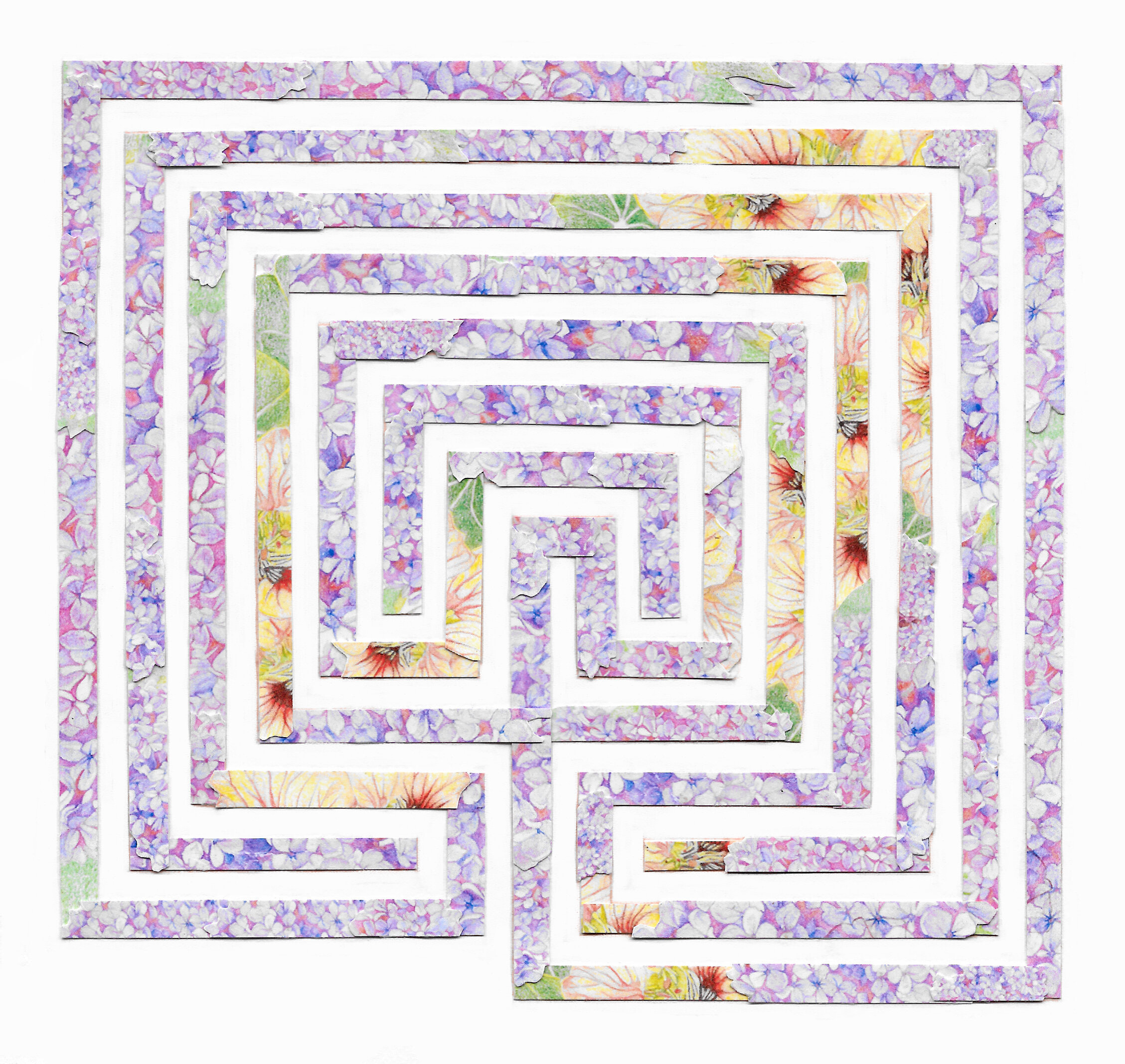
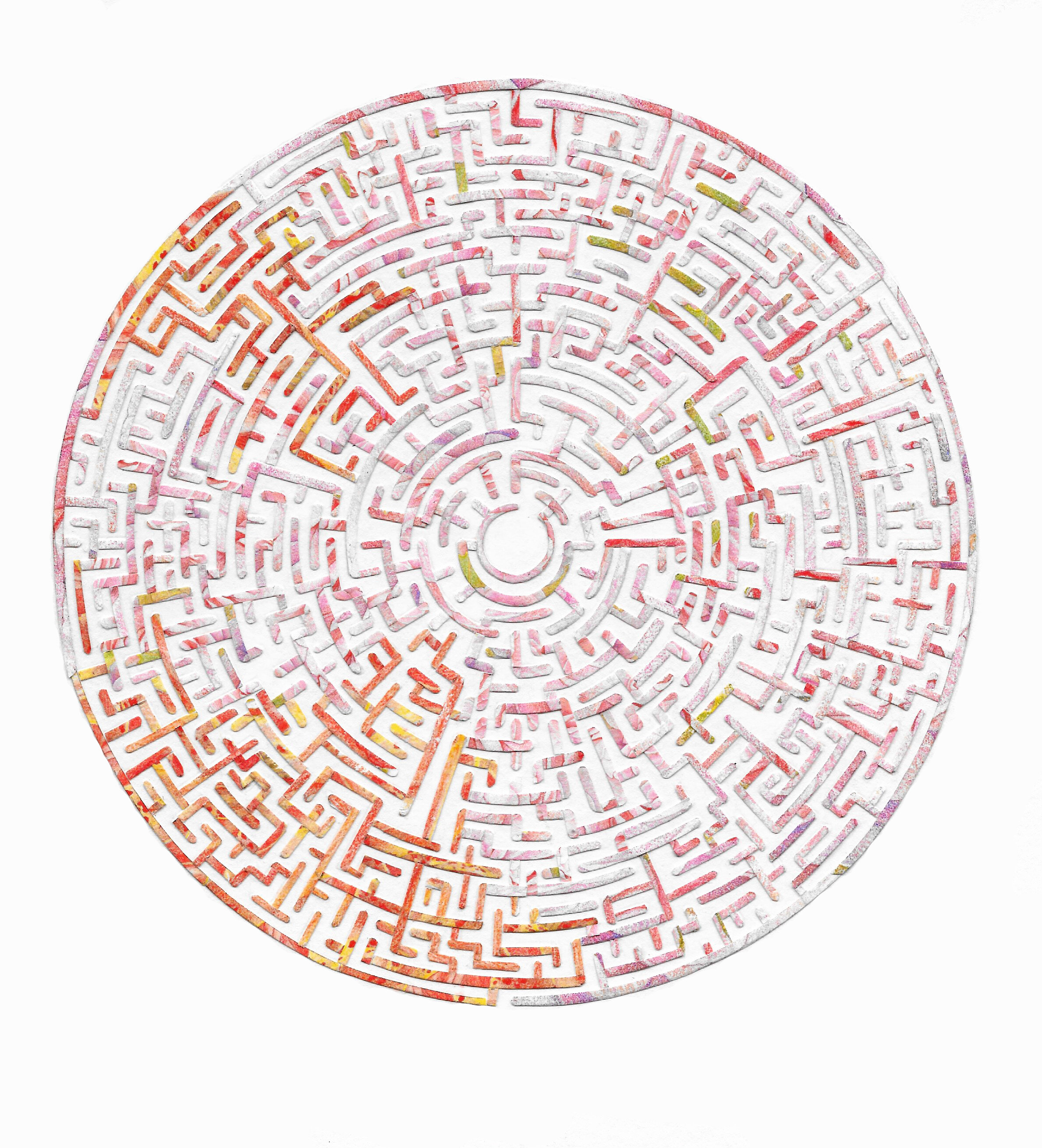
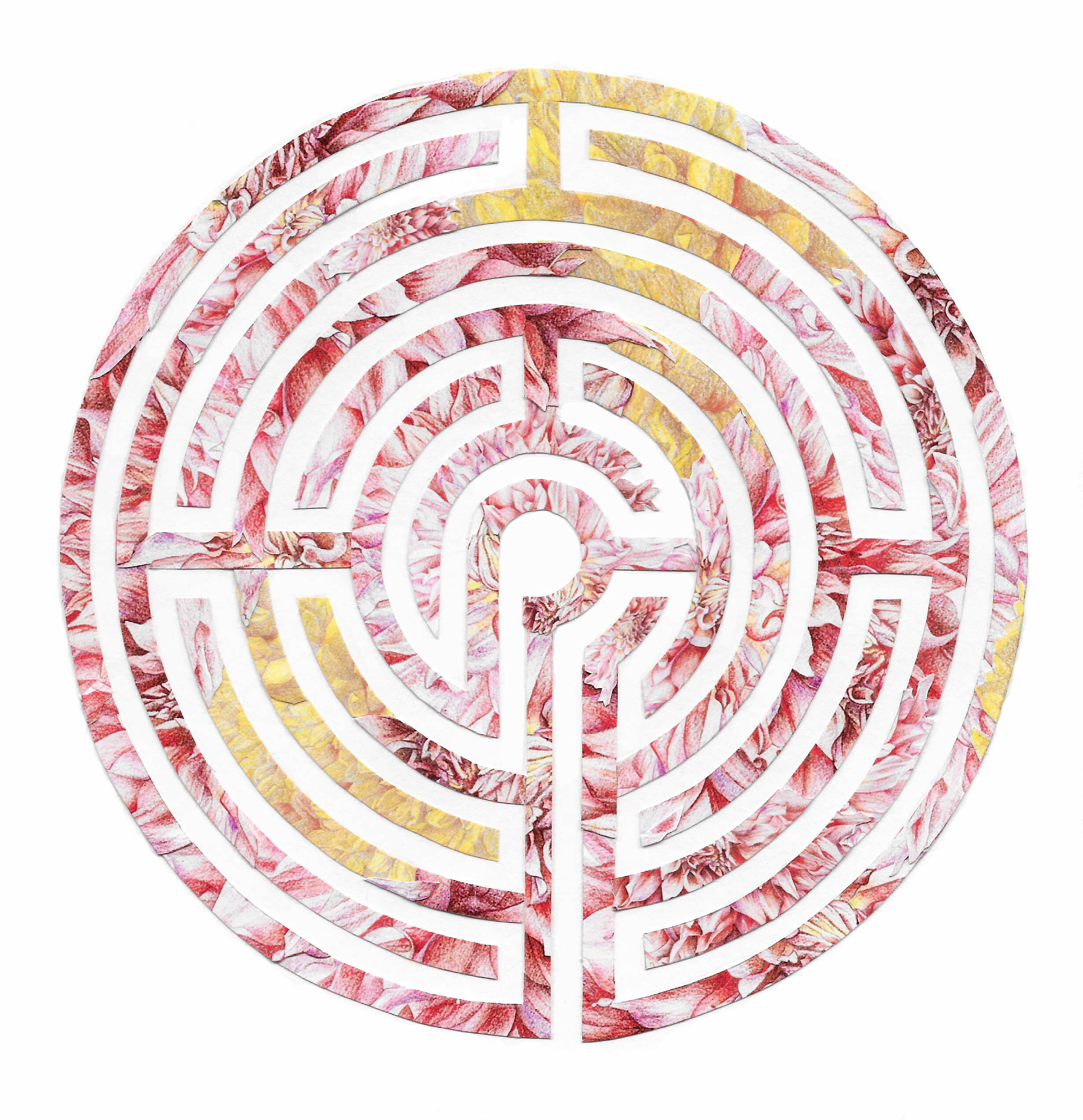

Anna Rotty
Take Care is a series of manipulated photographs of flower arrangements sourced from the internet. I alter the photographs both digitally and physically in the printing process. By printing on a paper that resists the ink, I’m able to blur and blend the ink and image slowly over time, allowing dust to fall in and respond to the environment. I’m interested in where beauty and the grotesque collide. I think about what it means to act in celebration, ceremony or loss through the gesture of exchanging flowers, something plucked towards death for a temporary affair.
Montaigne just hits different when read in bed
#selfcare #hotkitty #philosophy, digital photography, 2020
Morgane Clément-Gagnon
The Titled Series is an on-going corpus of photographic self-portraits that re-enact classical paintings and myths, opening up a dialogue on how women’s bodies have been objectified and their minds erased throughout Western history. It asks : What internalized bullshit do we still carry?
Is there anything good we can keep? Can irony help us better understand complicated issues? Neon colors, kitsch aesthetics, and humorous
titles interact together to create space for exploring identity in a time where social media and selfies can both be a tool of empowerment and of oppression for people identifying as women. It is also a reference to Cindy Sherman’s work, and a fuck you to all the men who told me “do you know Cindy Sherman? It could probably be interesting for you to look at her work” while looking at my work.
Madeline Devantier
Reality, Nostalgia, Propaganda deals with how we view ourselves through the mediums of reality, social media, and memories. Using a lamp as a stand-in for the human body, it shows the disconnection between the selves we are, and the selves we think and portray ourselves to be.
Reality, Nostalgia, Propaganda
Lamp, Photographs, 2021
Faith Sponsler
If you create an object and then immediately spread around the idea that it is “cursed” does it then become cursed? Can the same be said about lucky objects? I made a rock out of concrete and ink along with two kinds of stickers: one claiming that the rock is cursed and the other that it is good luck. I then mailed handfuls of these stickers to friends, acquaintances, and anyone that would let me mail them some to put up. There is a constant stack of them in my fanny pack and I still stick at least one of each somewhere every time I leave the house.
This project is ongoing and poses questions like: do objects hold these kinds of characteristics inherently or do we as humans impose them onto them? Could it be a bit of both? The rock itself remains in a cloche in my living room, and who’s to say whether the ups and downs I’ve experienced in life since its creation have anything to do with it.
Cursed Rock/Good Luck Stone
Cement, oak gall ink and stickers, 2020-present
Jennifer Rich
Expanse #1
Paper, found imagery, and acrylic on wood panel 32”x60”, 2020
Jeff Mayry
To me Normal Misery is a state of being that I enter when I want to feel fully engaged with something. In this specific situation I am a consumer of feelings. If I feel that I must always be having and wanting more, it seems only fitting that in the interim; which probably makes makes up 70% of waking hours, that I would be in a state of normal misery. That is until I experience some kind of moment where I feel that I am seeing things clearly (or eating some really good food, or entering the 3 to 4 beer range). These lucid moments are completely subjective and are quite possibly the most genuine and reaffirming thing that makes life actually worth living. I want to be a bottomless pit. Completely endless in searching, but have the sense to recognize transcendence in the moment that it comes around.
Normal Misery
Oil, acrylic, ink, spray paint & collage on canvas, 36’’x 42’’, 2021
Kelley O’Leary
Using re-appropriated stock footage from a free ad stock website (pexels.com), this short film is part of a series of mock trailers for movies that will never be made. The film follows what the alt-text of the footage describes as a “Woman Relaxing in Bedroom”, but proves to be anything but relaxing. The trailer for this speculative horror film is a meditation on the absurdity of online advertising and the frightening sense of being held captive in the digital age.
Woman Relaxing In Bedroom
Still from Video 1:3, 2021
Jillian Abir MacMaster
These works are from the series With Teeth, an expression of invulnerability and a display of protection and survival. It is a threatening response to being told to smile. The smile is massive, foreboding, and grotesque. It is hard, defensive, and involuntary. This body of work creates a vast sense of unease, meant to frighten some viewers and empower others. The work reflects a certain energy I wish I embodied in real life, day-to-day unsolicited interactions.
Deborah Root
In The Nordstrom Box, popular culture operates both as a set of instructions and as a distorted mirror of family life. Growing up in relative privilege on the US West Coast, I was aware that many people in television sitcoms looked like me. They dressed like people in my family; their houses looked like my house. Although such constructed images excluded many, popular culture nevertheless constructed an idealized family life, one which my own family was unable to live up to. Here, I utilize a partially fragmented composition and strong palette to depict a Reagan-era family Christmas underlain by scarcity and disconnection. The relative flatness of the objects surrounding the players underline the stagelike reality I remember from such events. In this way The Nordstrom Box calls into question the norms and conventions of whiteness and privilege, and of the idealized happy families we see in popular culture.
The Nordstrom Box
Oil on birch panel, 33x72”, 2020
Josephine Morrison Lans
I contrast realistic figurative depictions alongside abstracted representations of the body. These are metaphors for my experiences of womanhood, motherhood, sex, love, loss, self-preservation, panic, desire, and knowing. I use colored pencils to render my hands frequently, because they represent my intention and action. I also paint symbolism of the mouth, tongue and teeth because this space is the gateway between inner self and outer world. Through mouth and hand, I experience intimacy and desire. They create boundaries while also being entry points. Through my work, I invite you to experience this same push and pull between entering and observing from a distance.
Essential Items
7-layer reductive woodcut print, 2020
Nicole Arnold
In my practice I focus on the objects that surround me in spaces that I claim some modicum of ownership over and use these scenes to reflect on my identity as a mother and woman. With this work I intend to highlight the many sides of motherhood that I have experienced and allow the viewer to both embrace my narrative while also encouraging a search for one of their own. Themes that I explore include physical and mental health, social and economic inequality, domesticity, family, tradition, and transition.
The Genre of Modern Motherhood: June 5th, 20020 – Never stop unlearning it.
Woodcut print, 2020
Make America Great Again
Glazed porcelain, gold luster, and acrylic; shattered in performance at BLM Plaza in Washington, DC, November 3, 2020
Connor Czora
My work explores the relationships between historical ceramics, cultural taste, and sociopolitical power structures in the United States. Tracing the history of Western decorative arts, my work interrogates how ideologies are embedded and perpetuated within cultural objects.
Frequently working in porcelain, I draw inspiration from baroque and rococo European and American ceramics. The extravagant forms, overglaze scenery, and delicate gilding of such pieces embody opulence and authority. In my practice, I juxtapose this luxury with the material struggles of the contemporary United States. Exploiting our cultural notion of the decorative as docile, I disarm viewers through ornament to foster discussions of sensitive subjects in communities that may ignore them otherwise. These motifs span from resistance to repressive governments and the commodification of protest movements to the social construction and performance of gender and class. Framing contemporary struggles for justice and equity through historical decorative aesthetics, I challenge our understanding of the past and our role in creating a more just future.
Paul Stallings
Inspired by Geoguesser, the video was recorded in Google Street View. Presented with accompanying text:

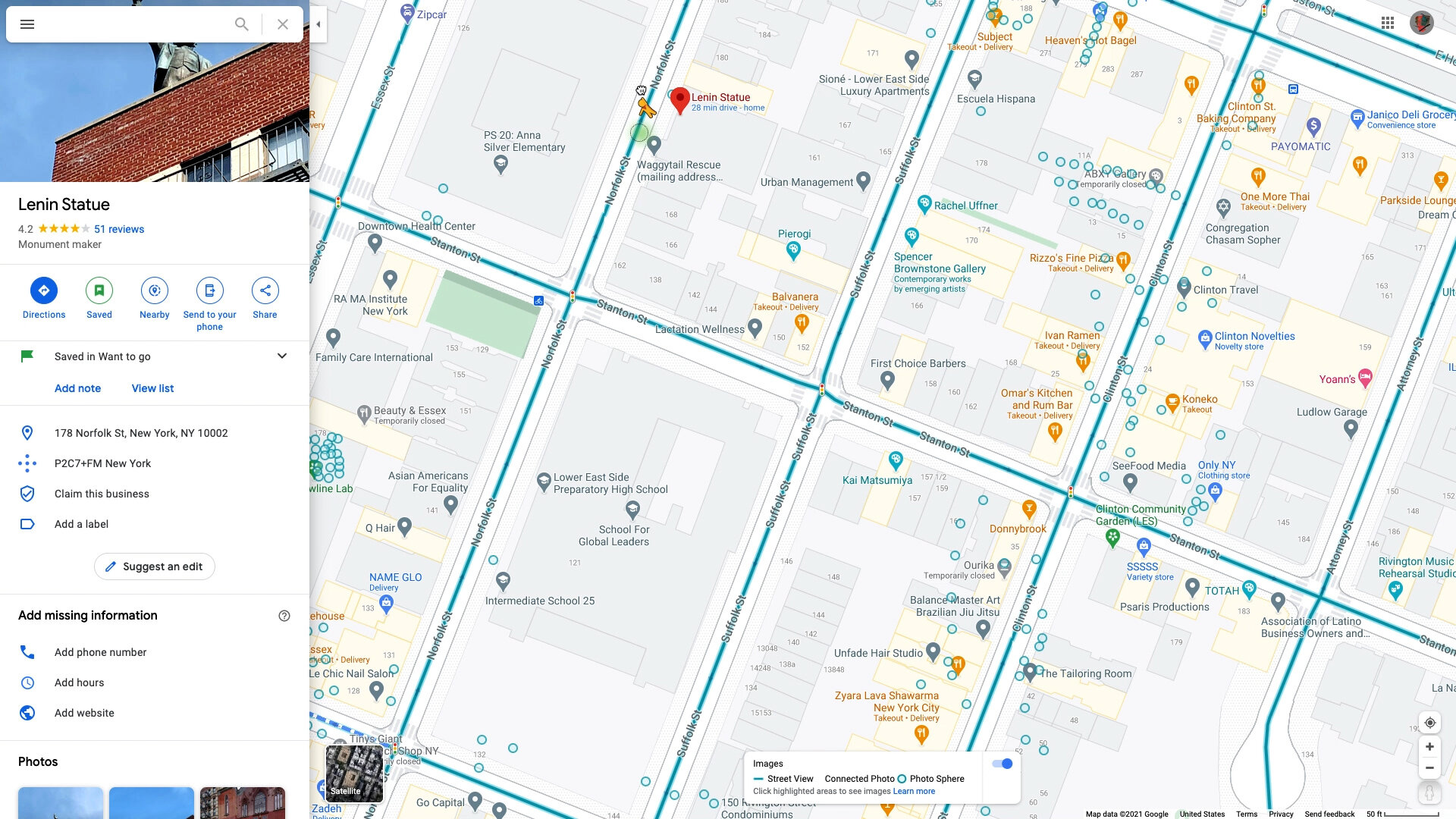
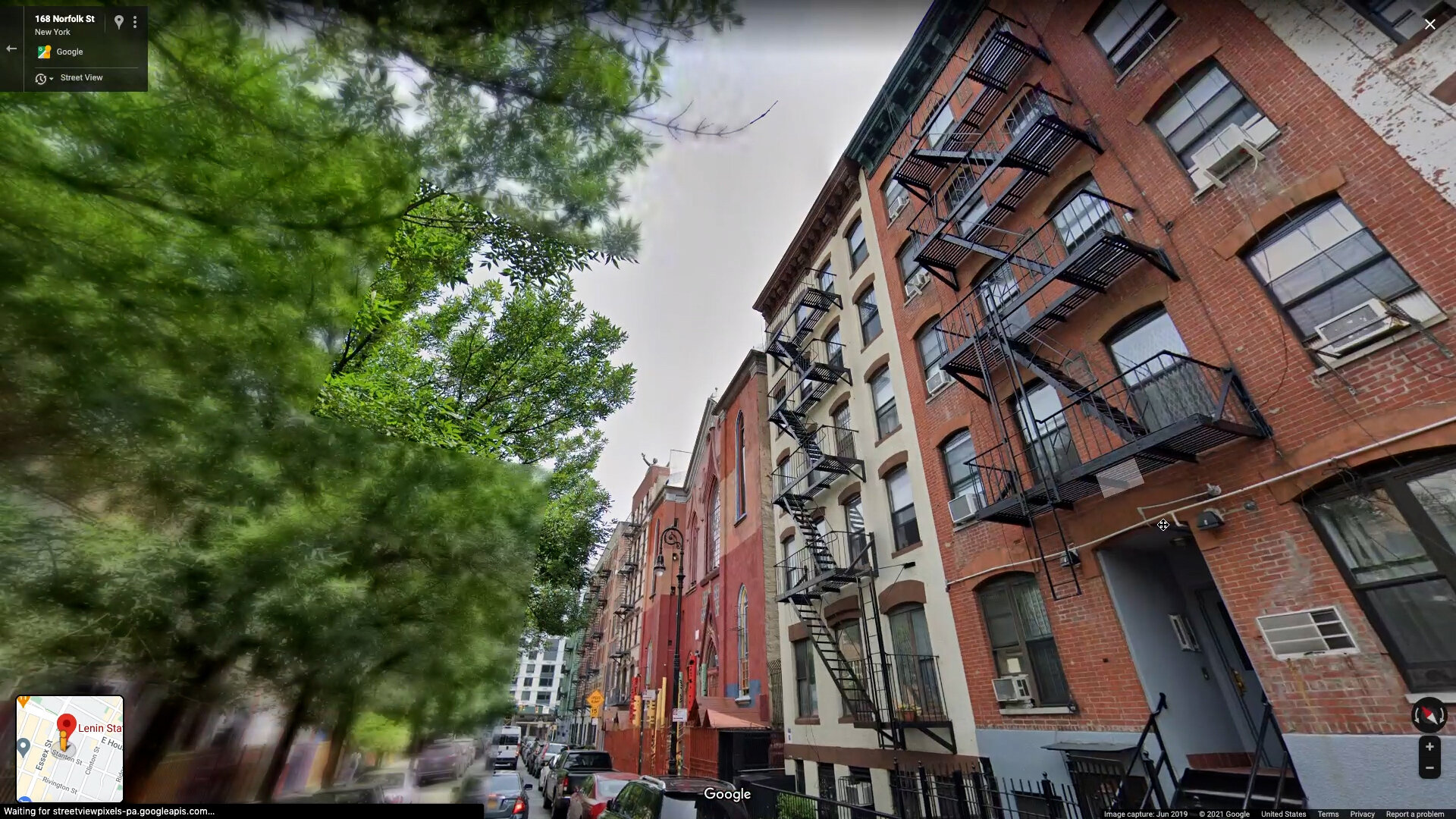
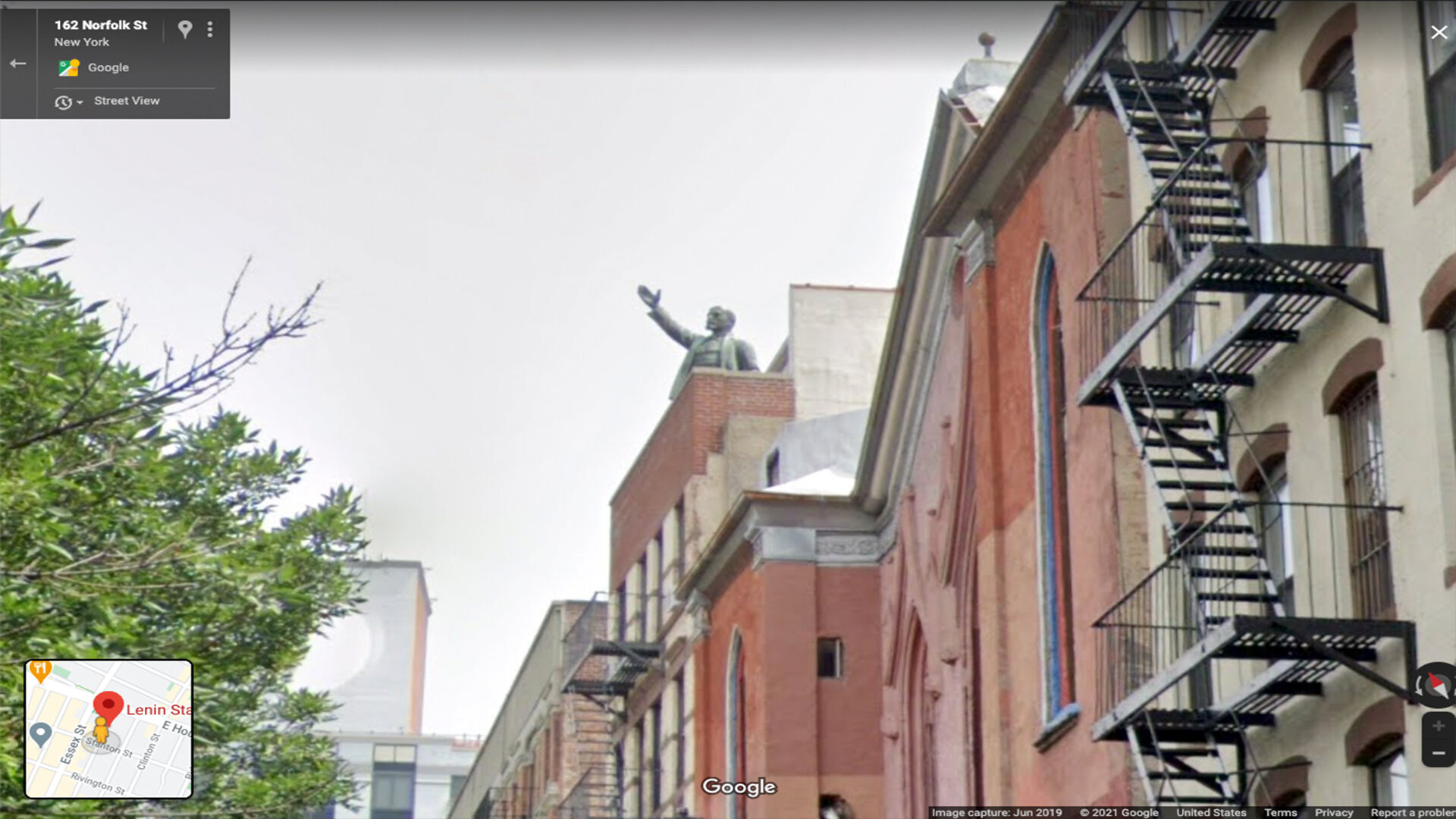
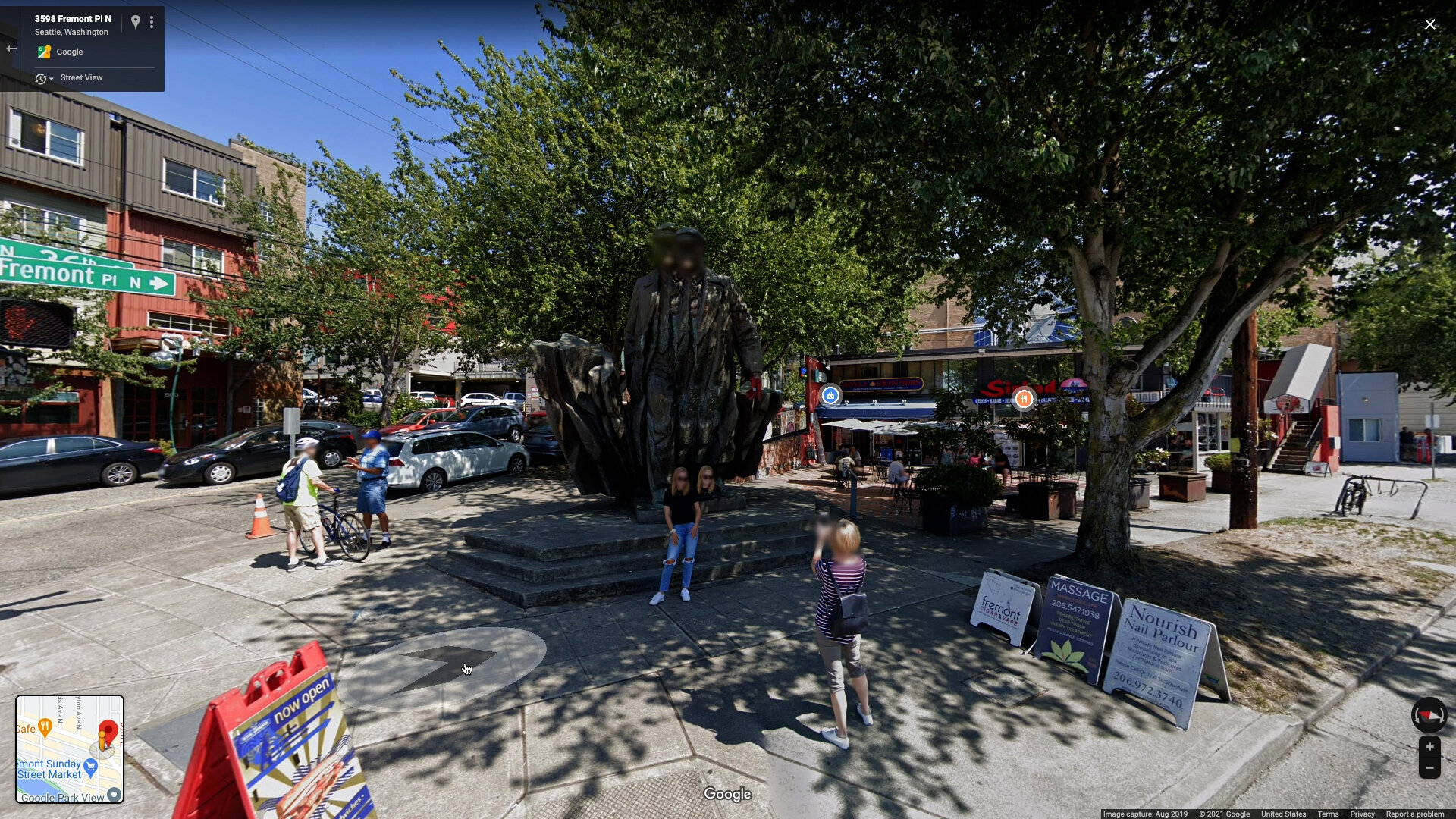
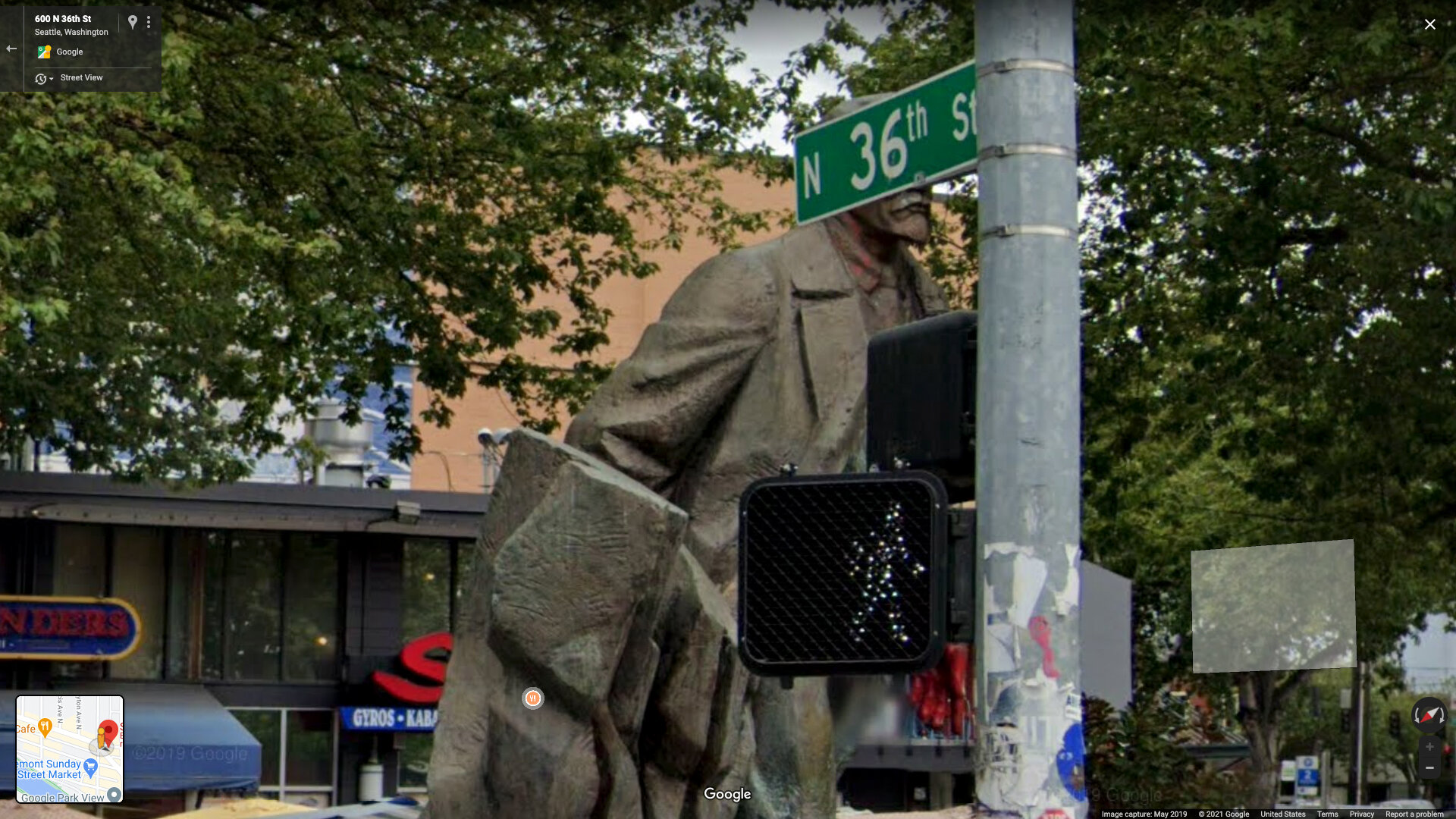
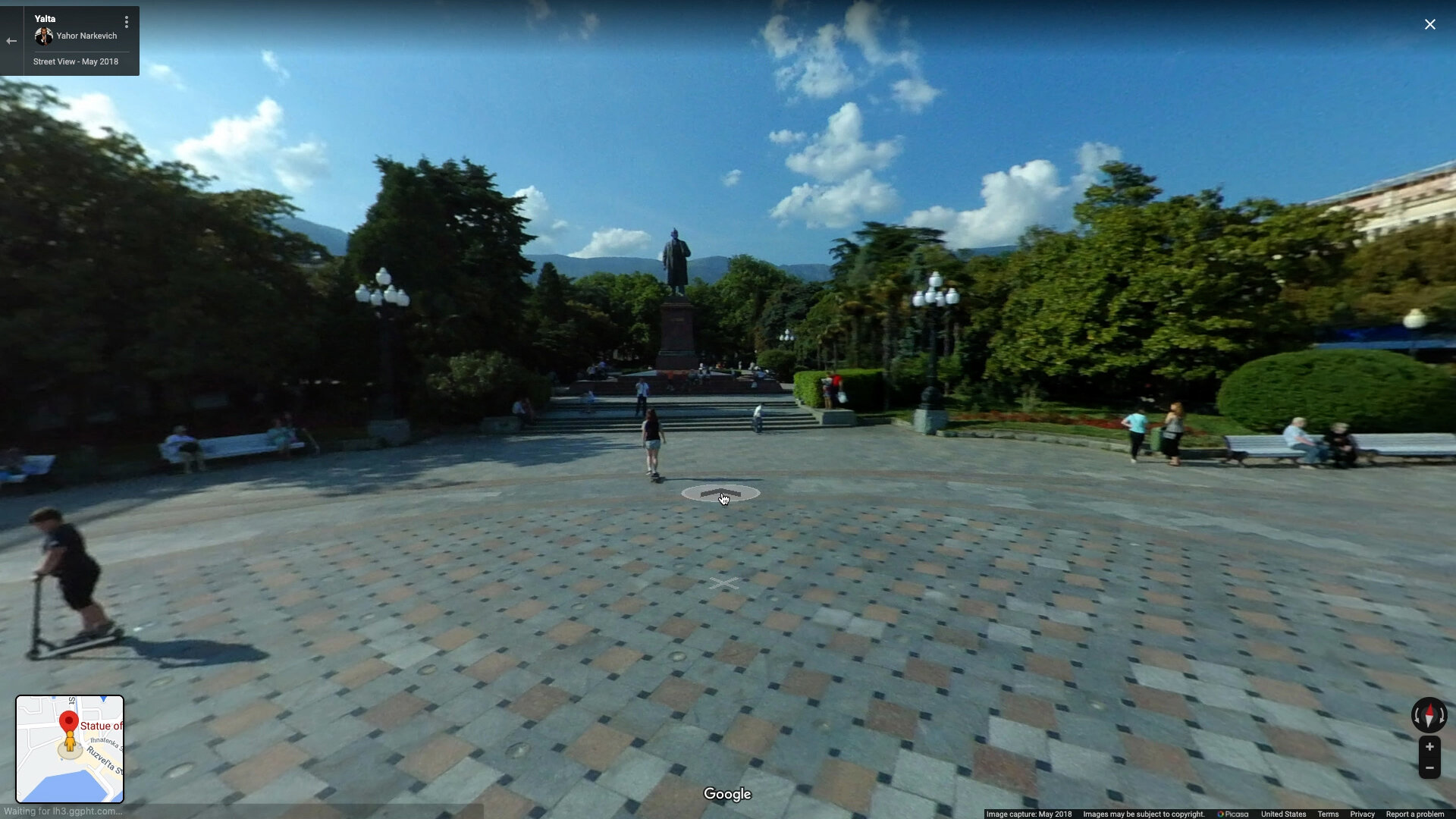

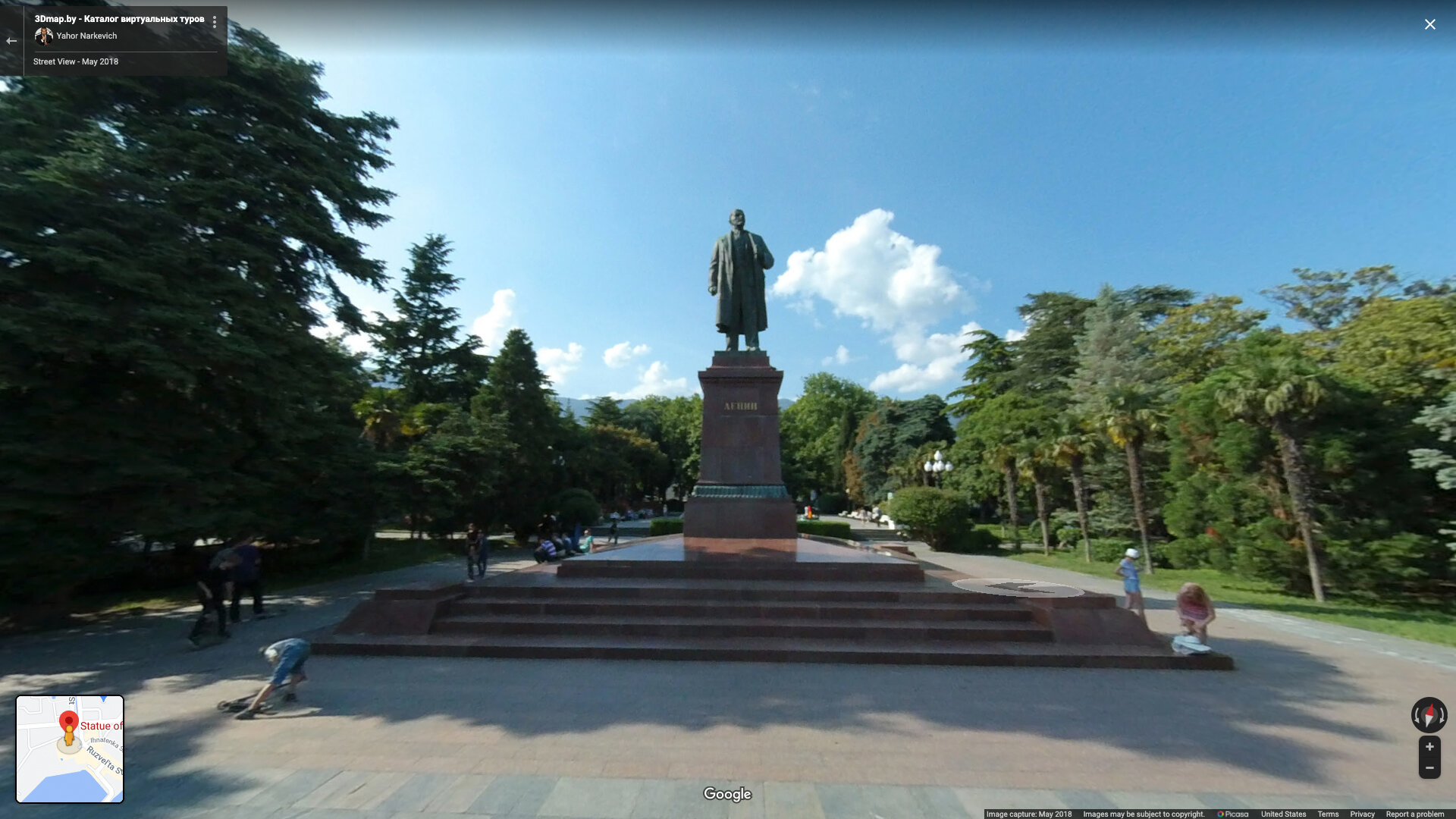
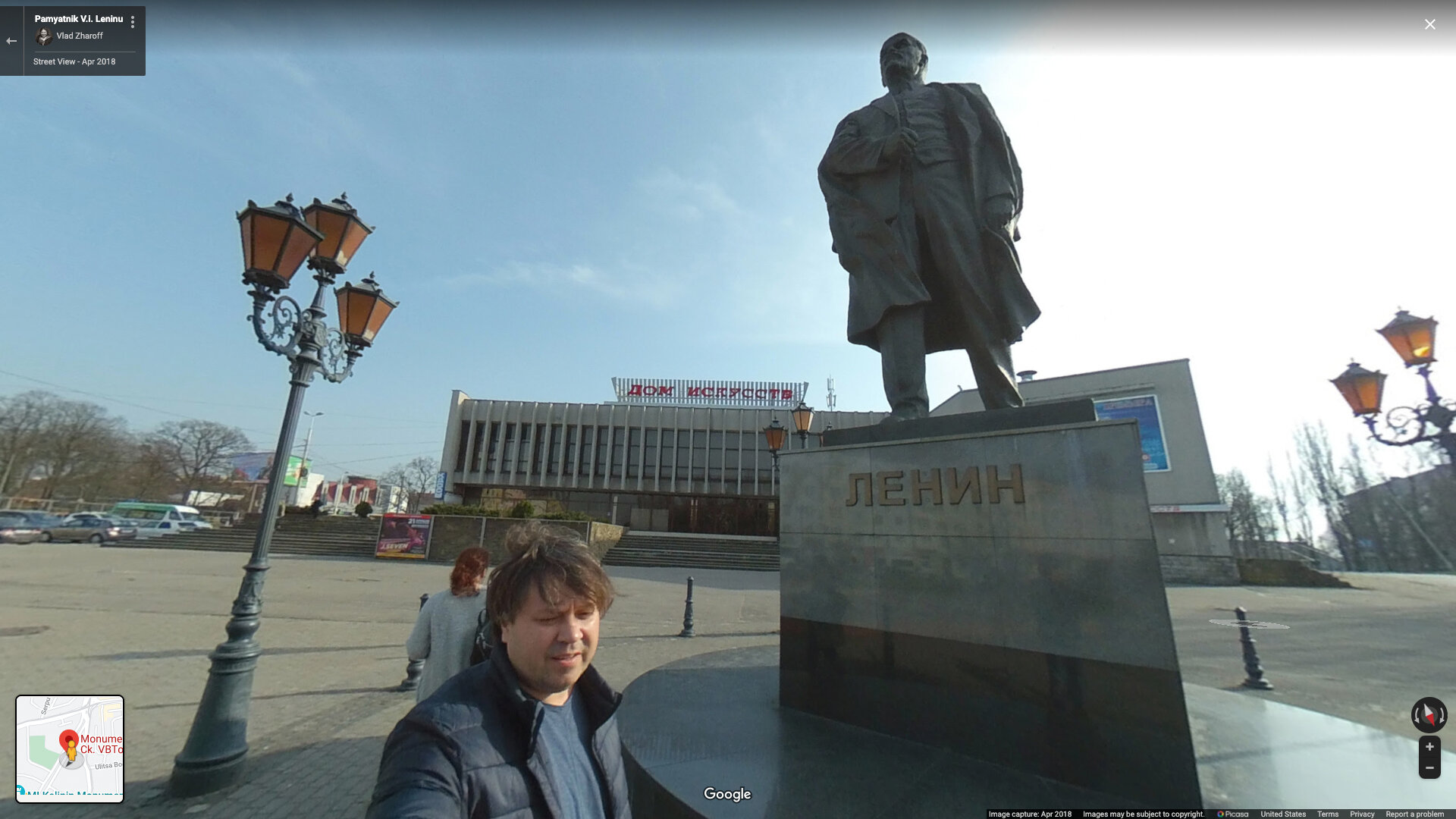
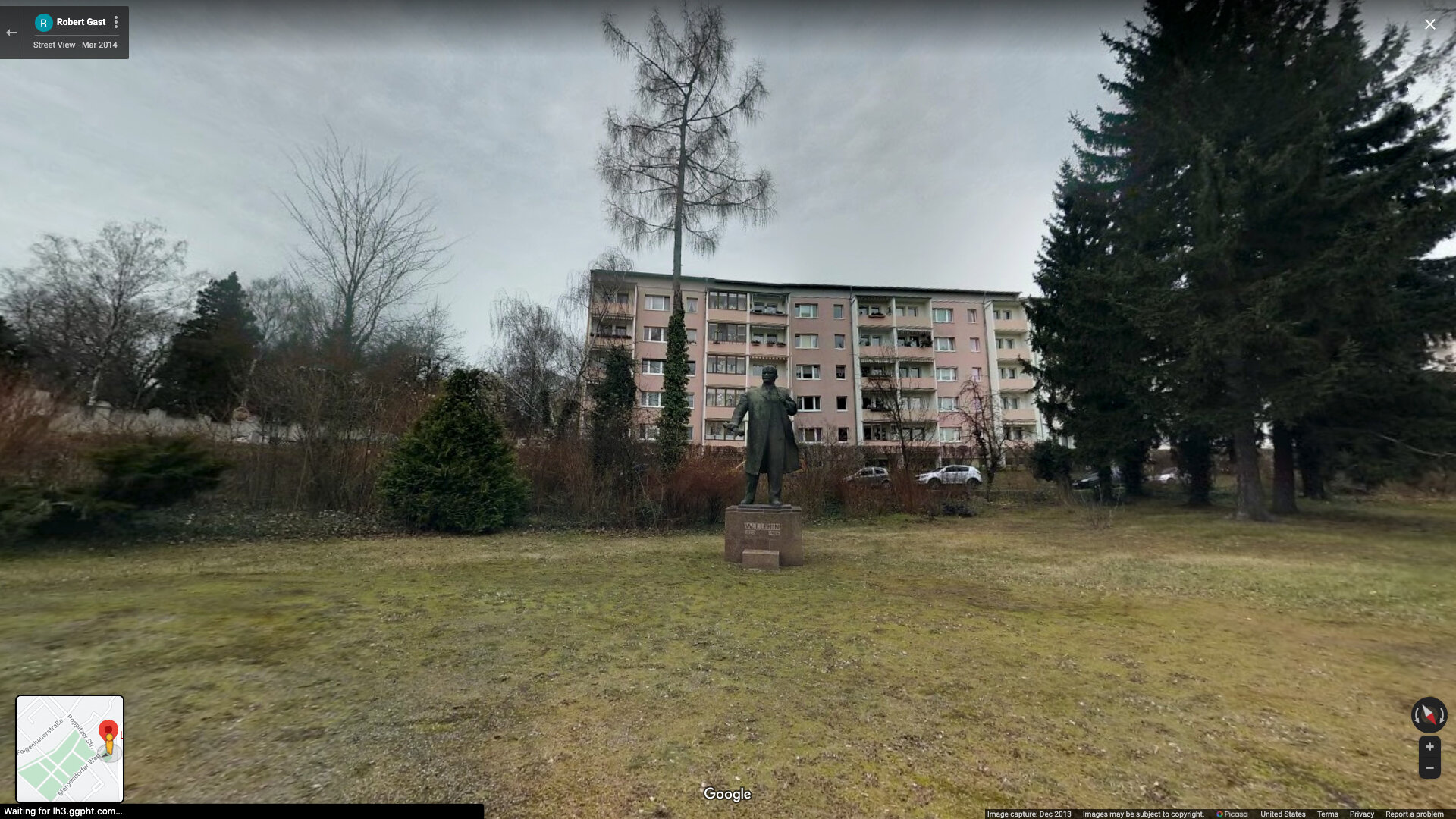

Julia Dittberner designs with paper and flowers, ever drawn to negative spaces and positive outlooks. Dittberner hand cuts vintage flora and fauna imagery and sources her own drawings of native botanicals to create analog collages. She meticulously reorganizes these images based on color and pattern to evoke dynamic movement within confined spaces. After attending art school in Detroit and Ireland and spending five years in Tokyo studying Ikebana, she now lives and works in Los Angeles, California. Find Julia’s work at: www.juliadittberner.com or on instagram: @jgdn
Anna Rotty is an artist living in Oakland, CA. She has recently shown with Root Division, SF Camerawork and Six Feet Photography Project – where she has led practice groups centered around the theme of nostalgia. Anna’s work was recently recognized by the PhotoAlliance Bay Area Current(ly) exhibit and Rfotofolio Denis Roussel Award. Community and collaboration are an important part of her art practice. Find more of Anna’s work at www.annarotty.com or on instagram: @annarotty
Morgane Clément-Gagnon is informed by her academic past in philosophy, using photography as a self-representation tool in order to create visual essays that question her feminine identity. Her work combines references to canonic paintings and devices from the digital era, opening a dialogue onto women’s representation throughout history. Using kitsch and irony, she aims to tackle fundamental feminist questions with humor and subtlety. You can send Morgane dope memes and keep up with her work on Instagram @morganefoto, and browse her outdated website at www. morganecg.com
Madeline Devantier is currently a college student, pursuing a Bachelor of Fine Arts with a double major in art history and studio art. She considers herself a maker, interdisciplinary in nature, but leans towards sculpture, printmaking, and fiber arts in her art making. Her artistic practice deals with stories, both the cultural ones that unite us as a collective, and the personal ones that mark us as individuals. You can follow her on instagram at @ madeline_devantier
Faith Sponsler is an interdisciplinary artist based in Portland, Oregon. She mostly use sculpture, installation, and printmaking to explore the relationship of object, environment, and memory. This takes form as both real and invented landmark-like environments and souvenirs/ephemera related to those environments. Find more of Faith’s work at www.faithsponsler.com, www.pinewoodvortex.com, or Instagram: @fsponsy
Jennifer Rich is a Chicago-based artist who originally hails from Charlotte, North Carolina. She earned a Bachelor of Fine Arts from Washington University in St. Louis. She is inspired by the materiality of cityscapes and the intersection of built structures and nature. She works in many different mediums - printmaking, painting, installation, paper making, and drawing. Jennifer participated in a residency at the Wormfarm Institute in Reedsburg, WI, has shown work nationally, and participates in open studios at the Cornelia Arts Building.
Jeff Mayry makes things because he enjoy making them, but also because he simply does not know what else to do. Over the years his creative practice has become so engrained in who he is that he does not know what he would do without it. He has become so attached to making things that it is a part of his existence, identity, and the way that he experiences and interacts with the world. He develops his work without any true aim in hopes that it will be an extension and an expression of his inner logic, and his inner life.
Kelley O’Leary is an interdisciplinary artist, moving between image-making, sculpture, installation and video. Her practice investigates nature, the built environment, and absurd articulations of human life in the digital age from an ecofeminist perspective. She is currently an MFA candidate in Art Studio at University of California, Davis. You can find her work at www.kelleyoleary.com or on instagram @kelley__oleary.
Jillian Abir MacMaster is a Palestinian-American artist from Frederick, Maryland. She graduated from Shepherd University in Shepherdstown, West Virginia with a BFA in photography in 2017. She utilizes photography and scanography in her work, and focuses on themes of fear, inner strength and power, the LGBTQ+ experience, and recently, explorations of childhood versus adulthood. Her work can be found at www.jillianmacmaster.com and on Instagram @jillianabirmacmaster.
Deborah Root is a figurative artist working primarily in painting, and a cultural critic writing on visual art and cultural politics. Her visual work has been exhibited at Maison Depoivre and Hatch Gallery (forthcoming) in Canada, and at the Fastnet Film Festival in Ireland. Catalog work includes essays on Sarindar Dhaliwal, Laureana Toledo, Jorge Lozano, Ximena Cuevas and Annie Pootoogook, and her arts writing has appeared in Art Papers, Prefix Photo, Public, the Contact Photography and Bienal de Sao Paulo catalogs, and elsewhere. She is the author of Cannibal Culture: Art, Appropriation and the Commodification of Difference, and has taught visual art and cultural politics at OCAD and Bilkent University in Turkey. Her work can be viewed at: www.deborahroot.com
Josephine Morrison Lans’ work has earned seven solo exhibitions and the commission of three large-scale installations. She has lived in Kansas City, where she received her BFA from KCAI in 2007, and co-owned and curated the Grothaus+Pearl Gallery, and also in Queensland Australia, where her work was acquired in 2013, for the collection of the Bundaberg Regional Gallery. Morrison Lans returned to Tulsa, in 2015, to create the installation “Wundrian” for the New-Genre Art Festival. She premiered her second large-scale installation for “The Experience” at Ahha Tulsa in 2018. She has instructed with the Philbrook Museum and the Colored Pencil Society of America. JP has recently been awarded three residencies, with the School of Visual Arts, the Truro Art Center at Castle Hill and Rockland Woods. Typically she and her child can be found experimenting with encaustics and play-doh -respectively- in their home studio. You can find her artwork at JPMorrisonLans.com and instagram @jplans.
Nicole Arnold is a mother and artist currently working in Central and Southern Illinois. She received her BFA in printmaking from Southern Illinois University of Edwardsville in 2018 with a minor in art history. She was a press assistant at Tom Huck’s Evil Prints in St. Louis between the fall of 2015 and the summer of 2019. Nicci is expected to receive her MFA in Printmaking from Illinois State University in the Spring of 2022. You can find her work at www.narnoldprints.com or on instagram: @narnold_prints.
Connor Czora is an artist, educator, and activist currently based in Washington, DC. Born in Rochester, NY, they received their BFA in Ceramics and Gender Studies from the Maryland Institute College of Art (MICA) in 2019. Czora’s work explores the relationship between imperial ceramics, cultural taste, and sociopolitical power structures in the United States. As a queer American artist, they often investigate themes of national, gendered, and classed identity. Czora’s art has been shown and awarded internationally, including recent features in the 2021 NCECA Annual: Social Recession and Time’s Best Photojournalism of 2020. Previously, Czora has assistant-taught at Haystack Mountain School of Crafts and interned at Baltimore Clayworks. Czora currently works as a resident artist, gallery manager, and teacher at the District Clay Center. Connor’s work can be seen at connorczoraart.com and on instagram @Connor.Czora.
Paul Stallings is a visual artist and filmmaker living in Chattanooga, Tennessee. He grew up in Beijing, where he first began experimenting with a variety of mediums, both digital and analog. He has worked in video production since 2012, including as an art director on the VMA winning music video for OKGo’s “Writing’s on the Wall”. Paul’s work can be seen on instagram @post.over.posters and vimeo.com/paulstallings.
Paul Kriezenbeck is a graphic designer based in Portland, Oregon interested in illustration, printmaking, identity design, and packaging. View more of his work at paulkreizenbeck.com or @pkreizenbeck
Ginny Van Dine is a curator, podcaster, writer, and art historian. She works in the contemporary art world as an Artist Coordinator for the Tappan Collective and was a Gallery Manager for three and a half years prior to that. She is one of four co-founders of the Art History Babes podcast.
Zach Clark is an Oakland based artist, educator, and carbohydrate consumer. He publishes as National Monument Press, is one half of Chute Studio, a collaborative Risograph studio in Berkeley, CA, and has shown, worked, and is in collections across North America. You can find more of his work at www.zachclarkis.com and on instagram @zachclarkis
The Art History Babes was founded in 2016 by Corrie, Natalie, Jen and Ginny. They are the hosts of the Art History Babes Podcast and the authors of The Honest Art Dictionary published in 2020. They continue to build upon their platform to share their love of all things visual culture in a way that is accessible, entertaining, and honest. Find their work at www.arthistorybabes.com and on @arthistorybabespodcast
National Monument Press is the publishing and curatorial project of Oakland based artist Zach Clark focused on supporting the investigation and documentation of uniquely American stories through small edition artists’ books, zines, and printed matter, conceived of and completed largely through collaboration with other artists. Find National Monument Press projects at www.nationalmonumentpress.com
